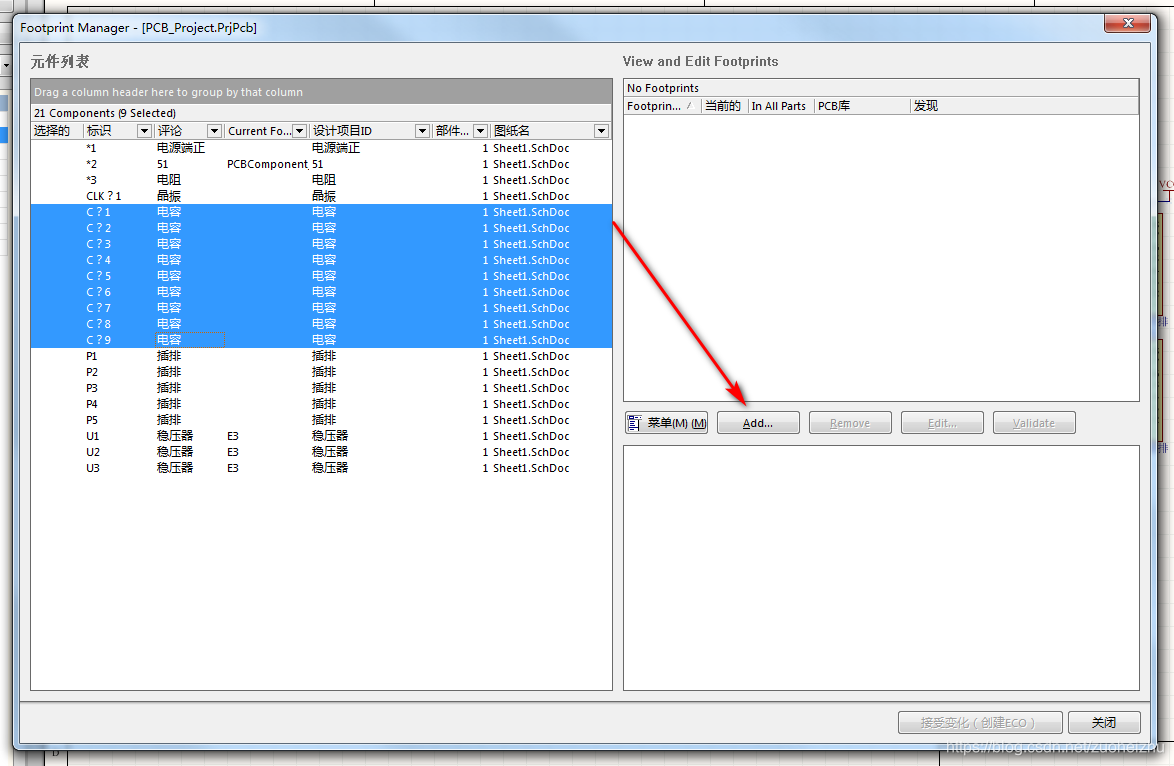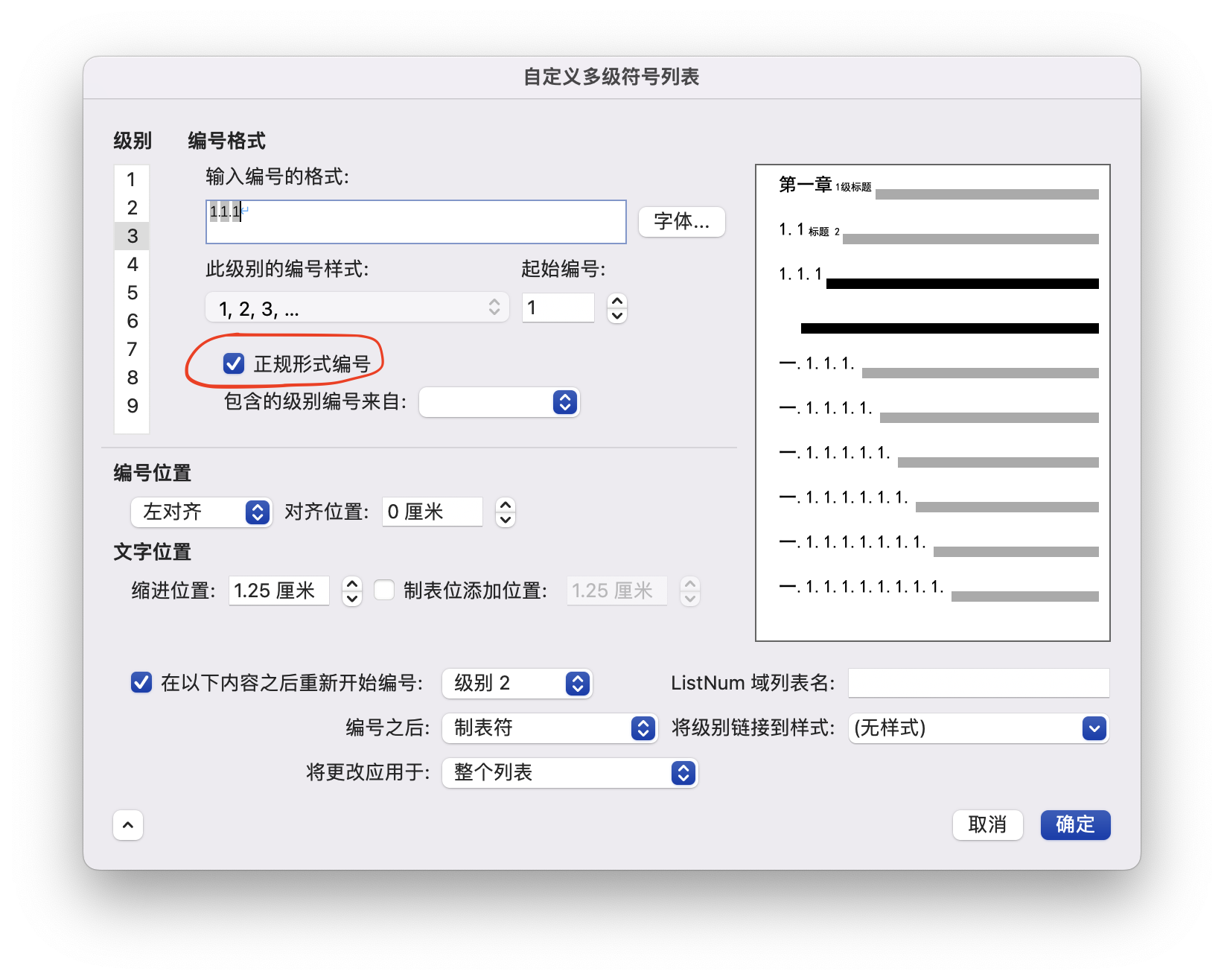flash
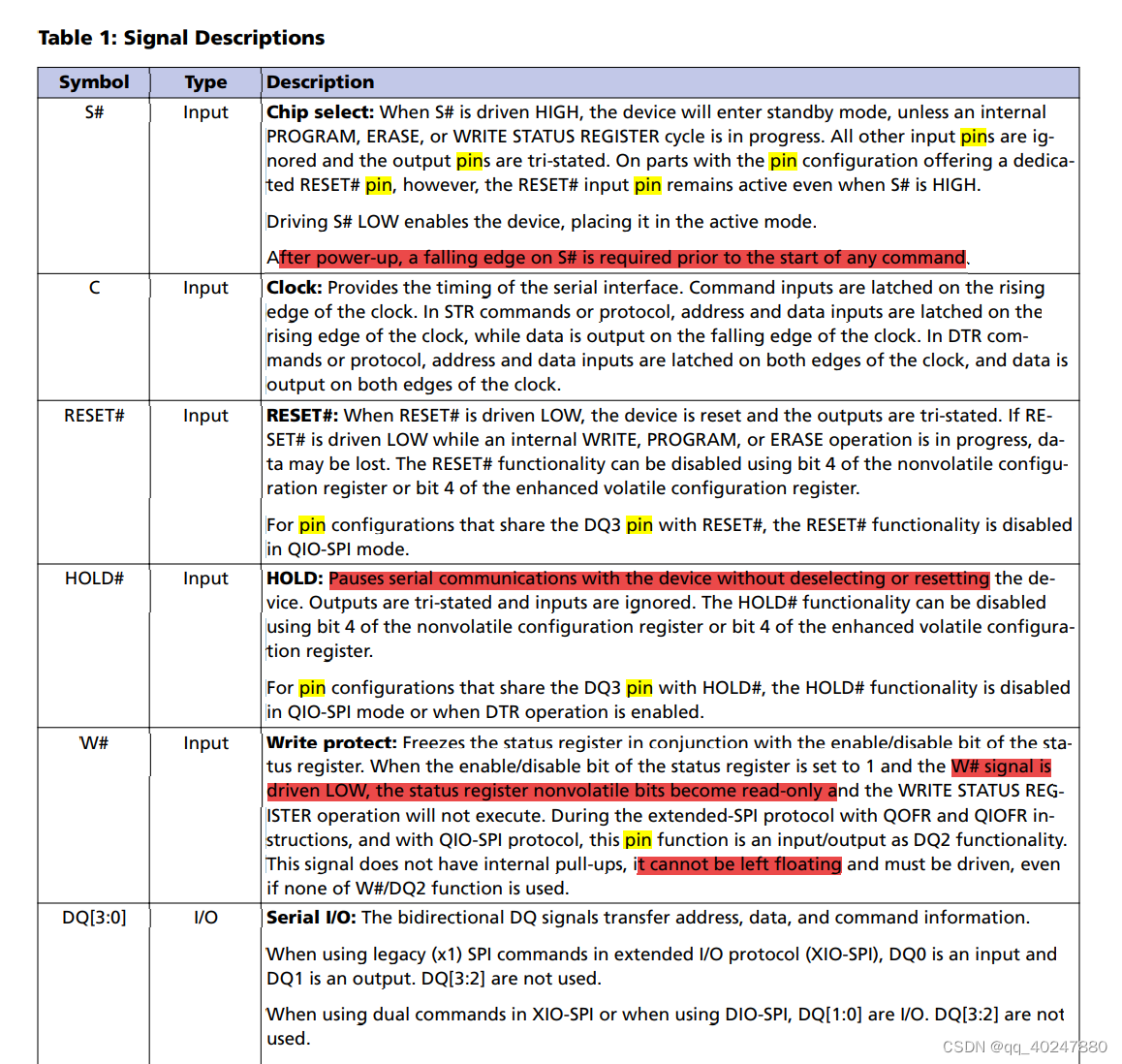
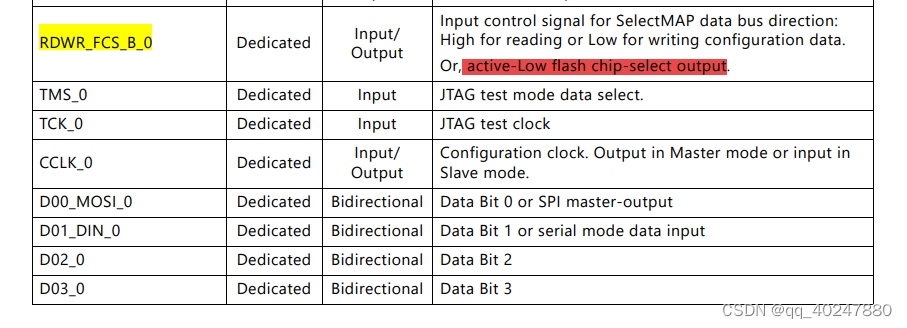
JTAG信号,最基本的要有5条线,TCK TMS,TDI,TDO,复位信号。
复位信号,有的一条,有的多条,他的作用是镇压CPU,让他停下所有工作,等着JTAG信号对它进行控制,或者让其某部分工作某部分暂停工作。
TCK信号,上位机的时钟信号,上升沿送入给手机CPU的数据,下降沿手机CPU回来数据。
TDI信号,上位机的数据信号。
TMS信号,上位机的另外一个数据信号,实际是命令指示以及区分的信号。
TDO信号,手机CPU回来给上位机的数据信号,让上位机知道手机CPU现在的状态是很乖还是不乖,进而根据CPU的状态进行控制。
说的更简单一点,让大家理解,就是在CPU由于软件原因不联机的时候,JTAG是唯一能够恢复这部分软件的工具。JTAG能够指挥CPU干任何事,在JTAG面前CPU只是一个马仔。
The FT232H is the single channel version, the FT2232H is the dual-channel, and there is also an FT4232H quad channel part.
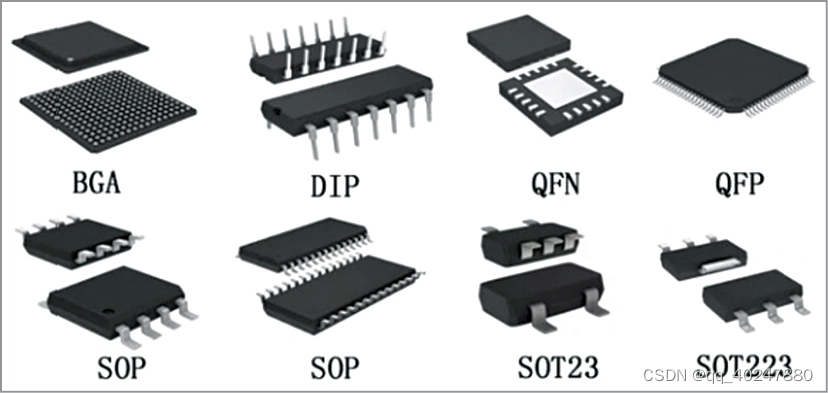
Part Number Package
FT232HL -xxxx 48 Pin LQFP
FT232HQ-xxxx 48 Pin QFN
Note: Packaging codes for xxxx is:
- Reel: Taped and Reel (LQFP = 1500 pieces per reel, QFN = 3000 pieces per reel)
-Tray: Tray packing, (LQFP = 250 pieces per tray, QFN =260 pieces per tray)
Please refer to section 8 for all package mechanical parameters
https://e2e.ti.com/support/interface-group/interface/f/interface-forum/684320/dp83849c-dp83849c-transformer-tct-rct-pin
Hi TI,
I’m using DP83849C,the circuit on the datasheet,the TCT and RCT pins are pulled up to 3.3V,BUT in some other network transformer circuit,the TCT and RCT pins are pulled down to ground by capacitor.
I want to know the real reason or theory basis why some chose to pull down when some chose to pull up?
Best regard,
Frank
The difference is the architecture of the line driver. If the CT’s are pulled to ground, and there are no termination resistors, then it is likely a voltage mode line driver.
The DP83848 has a current mode line driver, and as such, needs external resistors and pull-ups.



